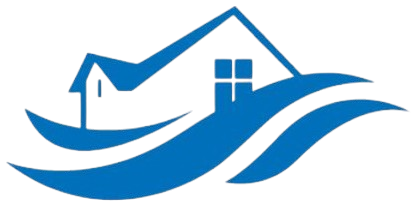Wet Insulation Removal Services in Little Cottonwood Creek Valley, Utah
Possible Causes of Water Damage to Insulation
Water damage in insulation can occur due to several factors such as pipe leaks, roof leaks, or flooding. When pipes burst or leak inside walls and ceilings, moisture seeps into the insulation, compromising its effectiveness and creating a breeding ground for mold. Similarly, roof leaks during heavy rain or snowmelt can allow water to enter attic spaces, saturating the insulation material below.
Flooding and HVAC failures are other common causes, especially after severe storms or plumbing failures. When water floods into the home, it surrounds and saturates insulation components, leading to potential structural damage and health hazards. Recognizing the source of water intrusion is crucial for effective mitigation and restoration, which our team is ready to handle efficiently.
How Our Experts Fix Wet Insulation Problems
When you call us, our team promptly assesses the extent of water damage to your insulation. We use advanced moisture detection tools to identify saturated areas that need attention. This allows us to target the removal process precisely, reducing unnecessary disruption to your home.
Once we’ve identified the affected insulation, our experts carefully remove and dispose of the wet material in accordance with health and safety regulations. We then thoroughly dry the surrounding areas using industrial-grade fans and dehumidifiers, ensuring no lingering moisture remains that could lead to mold growth.
After the insulation is dried and removed, we inspect the underlying structure for any signs of damage or mold. If necessary, we replace the damaged insulation with new, mold-resistant materials to restore your property’s safety, energy efficiency, and comfort. Our team ensures the job is done right the first time, giving you peace of mind.
Why We Are the Top Choice for Wet Insulation Removal
Our team has extensive experience in water damage restoration, specifically in Little Cottonwood Creek Valley and surrounding areas. We understand the local climate and common causes of water intrusion, allowing us to provide targeted and effective solutions quickly. Our commitment to quality and customer satisfaction sets us apart from other service providers.
We utilize the latest tools and techniques to accurately detect moisture and remove compromised insulation, preventing mold growth and further structural issues. Our technicians are trained and certified in the best practices for water damage mitigation, ensuring safe and efficient service. Plus, we work with your schedule to minimize disruption, so you can get back to normal as soon as possible.
Choosing us means partnering with a team that genuinely cares about your safety and property. We prioritize thorough cleanup, proper disposal, and detailed inspections to ensure your home is fully restored. With our expertise, you can trust that your insulation problem will be resolved effectively and efficiently.
Frequently Asked Questions
How do I know if my insulation is wet?
Signs of wet insulation include a musty odor, visible staining, or noticeable dampness in your attic or walls. If you experience increased energy bills or mold growth, these could also indicate water saturation. Our team can perform moisture detection testing to confirm the condition of your insulation.
Is wet insulation dangerous to remove myself?
Removing wet insulation safely requires proper protective gear and disposal methods due to potential mold spores and bacteria. Attempting to remove it without proper equipment can pose health risks. It’s best to rely on professional services like ours for safe, thorough removal and cleanup.
How long does the wet insulation removal process take?
The duration depends on the extent of the water damage. Typically, removal and drying can be completed within a few hours to a day. We work efficiently to restore your home quickly and minimize inconvenience.
Will my insulation need to be replaced after water damage?
In most cases, saturated insulation must be removed to prevent mold growth and health hazards. We assess whether the insulation is salvageable, but generally, replacing it with new, mold-resistant materials is recommended for safety and efficiency.
What steps should I take immediately after water intrusion?
Turn off the water source if possible, and limit your contact with wet areas to avoid mold and bacteria exposure. Contact our experts at (888) 884-7150 promptly for professional assessment and damage mitigation to protect your home and health.
